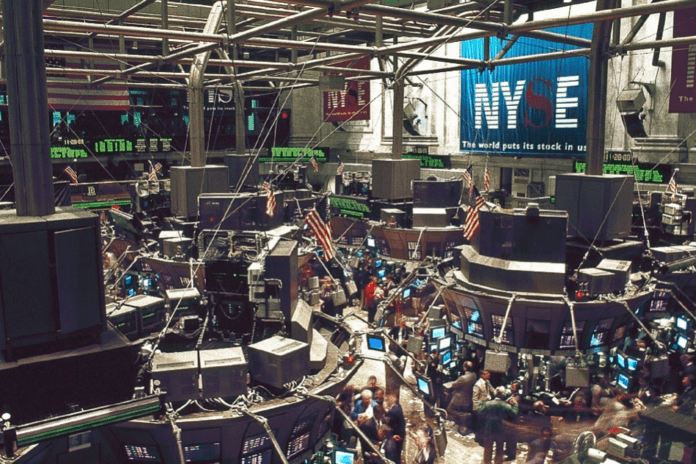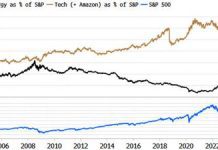ETF stands for Exchange Traded Fund and is exactly what the name indicates. An ETF is an investment fund which can be traded on an exchange; trading ETF is much like trading stocks.
An ETF holds assets like stocks, commodities, or bonds.
They generally operate with an arbitrage mechanism designed to keep the ETF trading close to its net asset value; they are especially attractive as investments because of their low costs and tax efficiency. By 2013, ETFs became the most popular type of exchange-traded product.
Unlike traditional funds, an ETF can be traded on an exchange like typical stocks. An ETF, logically, will show price changes throughout a trading day like traditional stocks.
Because an ETF is designed to track the price movements of an underlying, benchmark Index, the investment is considered passively managed which, in turn, helps reduce management costs. However, an ETF can be actively managed and as recently demonstrated during the current increase of actively managed accounts.
As a fund, the ETF security normally aims to passively reflect the performance of an index, a commodity, or a customized basket of assets, similar to traditional index mutual funds.
For example, the largest ETF ocurrently, SPDR S&P 500 (NYSEArca: SPY) passively reflects the performance of the S&P 500 which is an American stock market index based on the market capitalizations of 500 large companies with common stock listed on the NYSE or NASDAQ.
A major benefit and attractive quality of an ETF is the very low cost, as previously mentioned. The average expense ratio on an ETF is lower than that of the typical mutual fund. By trading an ETF, investors can take advantage of the diversification qualities normally accompanying traditional index funds which is further enhanced by the trading options found in individual stocks enabled by an ETF.
An ETF combines the valuation of a mutual fund, which can be bought or sold at the end of each trading day for its net asset value, with the tradability of a closed-end fund, which trades throughout the trading day at prices above or below its net asset value.
Furthermore, an Exchange Traded Fund offers both tax efficiency and lower transaction and management costs.
More than $2 trillion were invested in ETFs in the United States between their introduction in 1993 through 2015. In 2015, ETFs offered “1,800 different products, covering almost every conceivable market sector, niche and trading strategy.”












